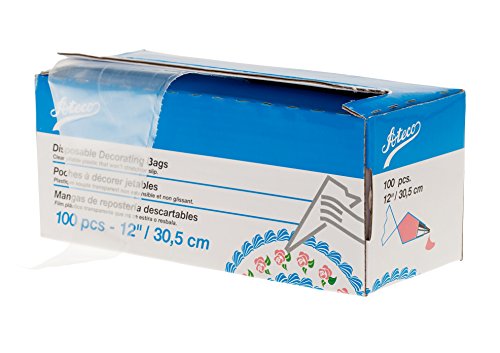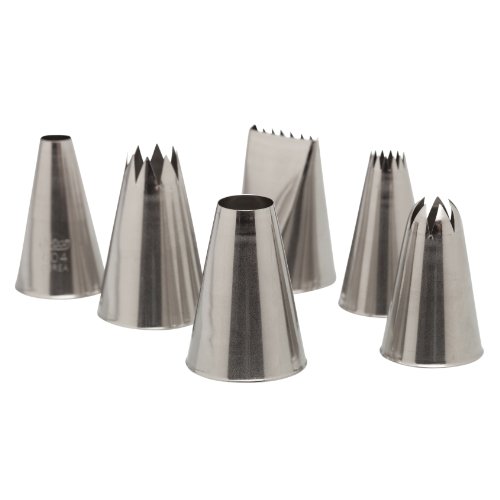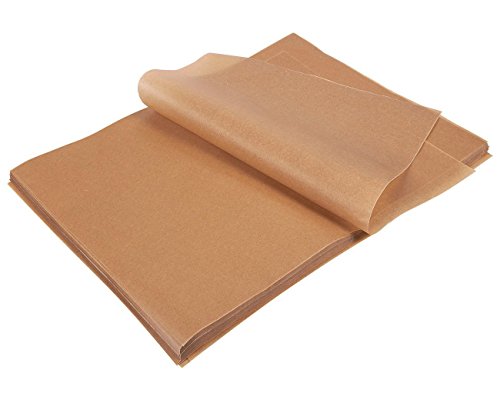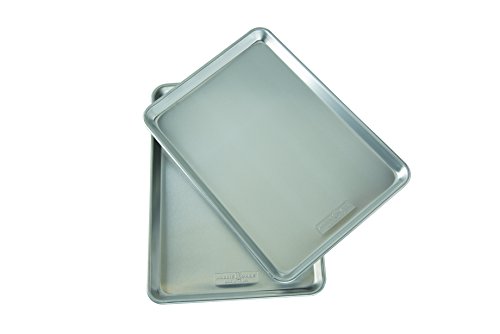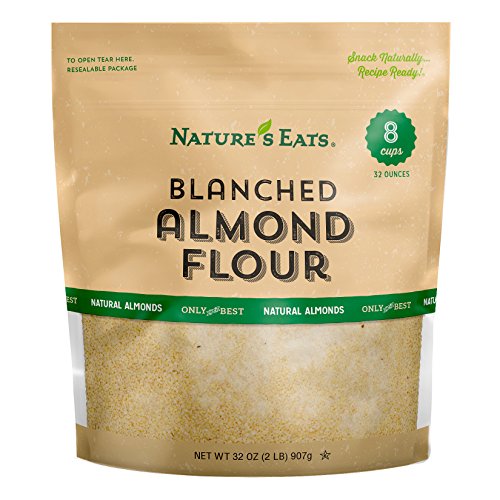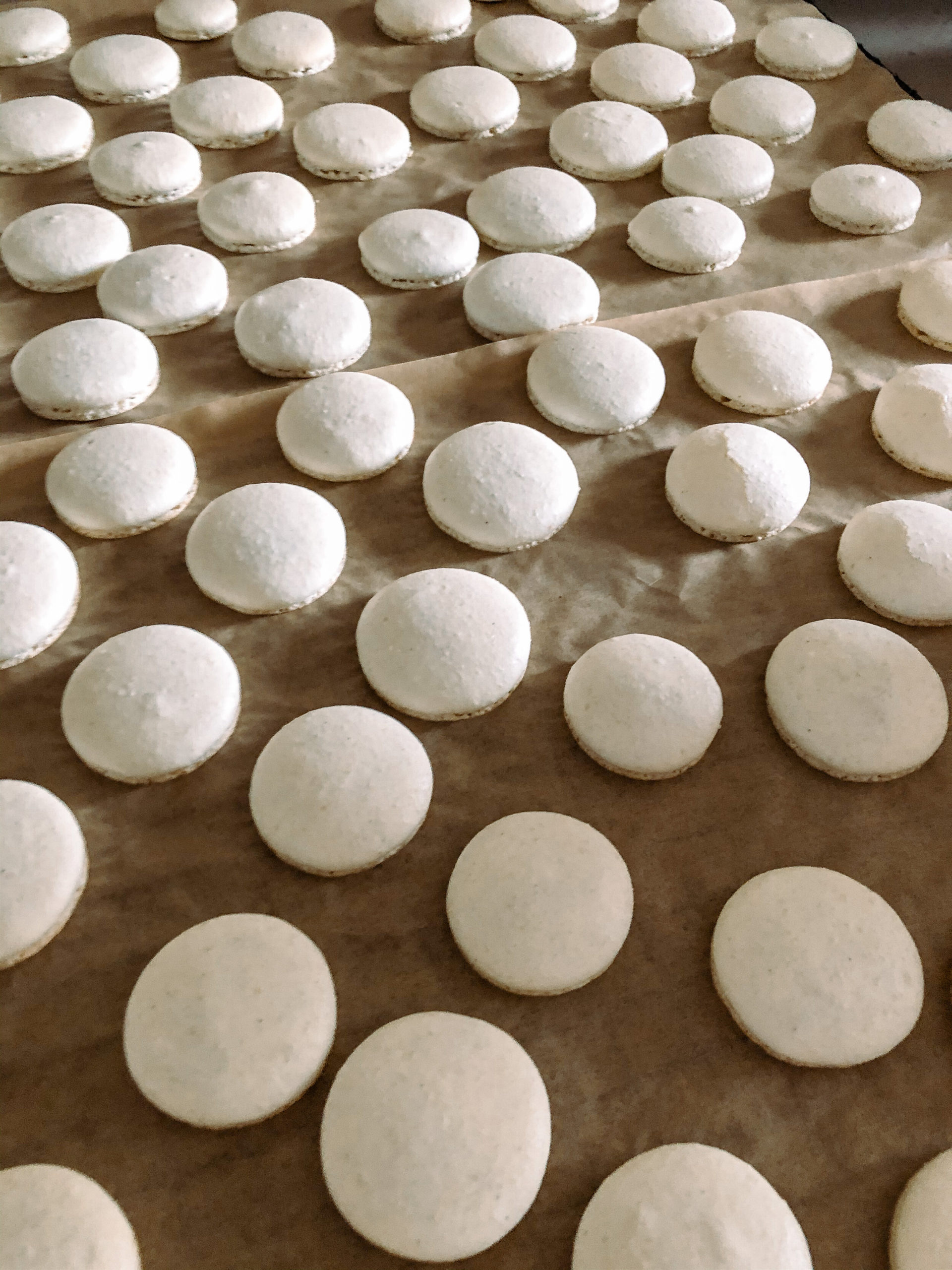
Mastering Macarons
Macarons are a finicky, wonderful delicacy that are worth mastering because the results are sublime. The macaron itself (excluding the fillings or flavorings) is composed of only three ingredients: almond flour, powdered sugar and egg whites, so reliance on the highest-quality ingredients is of the utmost importance. My sisters and I enrolled in a Mastering Macarons class at Sur la Table while we were all together in California. We made two flavors of macarons: cassis buttercream with lemon curd, and chocolate ganache with pistachio. Here, I will share the basics for the classic macaron and plain buttercream which form the base for any flavor combinations you wish to make. I had made macarons before, but now having gone through the class, realize it was a miracle they turned out at all! First, some important macaron terminology we learned:
Macaronnage
The technique of mixing almond flour and meringue to make macarons (the first step in making your batter)
Macaronner
The technique of mixing the batter until it drips slowly when scooped (this part is done by folding your batter until it leaves ribbons when drizzled that melt back into the batter after a few seconds — THAT’s how you know it’s ready for piping)
Pied
French for “foot”, this term describes the highly desirable small frills that form along the bottom edge of a macaron that makes the cookie distinctive and authentique! The ability for the pied to form depends on a series of factors important to the process including: proper macaronnage, oven temperature and slamming the baking sheet on the counter before placing it in the oven (not kidding).
Bright-eyed culinary students, eager to learn
Macaron Tips
-
Always weigh your ingredients with a digital scale.
-
Never double the recipe.
-
Oven temperature is very important, and an oven thermometer is recommended.
-
Age your egg whites on the counter for three days, covered loosely with a piece of wax paper and weigh before use.
-
Make sure that your egg whites have no bits of yolk which will prevent the egg whites from properly forming the meringue.
-
Pulse your almond flour in a food processor before use to grind a little finer than how it comes out of the bag.
-
Sift your almond flour and powdered sugar mixture three times, making sure not to spill too much as you go, so as not to affect the weight of the ingredient.
-
Most any flavorings/extracts and colorings may be added to the macaron batter, which makes it such a versatile delicacy with endless possibilities. Mix dry flavorings like fruit powders, nut powders, teas and cocoa with the almond flour. Mix the wet ingredients such as extracts and food colorings with the egg whites once they are beaten.
-
Be cautious when adding ground nuts or cocoa powder, which are ingredients with high fat content, because too much could ruin the batter.
-
Once egg whites have been beaten, combine with the almond flour and fold by hand. It takes about five minutes to get the batter to the correct consistency: it should drip slowly and form ribbons when scooped with the spatula.
-
Don’t use a silpat or a silicone macaron mat, because even after a single use, oil stays on these mats that cannot be washed off and can ruin the macaron. Use parchment paper instead.
-
Same goes for reusable piping bags: the lining will always retain some residue from past batters, so use only disposable piping bags for piping macarons.
-
For consistent macaron shape and size, create a paper template with 1 1/3” circles spaced at least 1/2” apart and slip under your parchment. Pull the paper guides out before baking.
-
Piping technique: rest your elbows on the counter and keep your piping bag straight up and down centered over the circle template and apply enough pressure to fill the circle, don’t swirl the bag to fill, but to finish just slightly twist the tip to detach the batter and to prevent a mini peak from forming. Keep moving your baking sheet around so you are always directly above your stencils and not working at an angle.
-
After piping, carefully holding the pan edges and parchment between your thumbs and forefingers, lift the baking sheet up to shoulder height and forcefully slam the pan down on the counter to dislodge air bubbles. With a bamboo skewer, delicately pierce any bubbles which have risen to the surface of the macaron. This process helps to form the pied.
-
Allow the piped macarons to sit at least 40 minutes before baking. This drying process helps to form a slight “skin” and you’ll know it’s complete when the macarons no longer stick to your finger when lightly touched.
-
Only one pan in the oven at a time.
-
Rotate the pans halfway through the baking time.
-
If macarons stick to the parchment, pour a small amount of water under the parchment to create steam which will help them release.
-
Store macarons in a sealed container in the refrigerator for up to one week, or in the freezer.
Macaron ingredients
Classic French Macarons
This recipe is adapted from our Sur la Table class and yields about 35 macarons
Ingredients
-
7 oz. powdered sugar
-
4 oz. almond flour
-
4 large egg whites (4 oz.), room temperature
-
1/8 teaspoon cream of tartar
-
3 1/2 oz. granulated sugar
Recipe
-
Preheat oven to 300°F with the rack placed at the lowest section of the oven. Fit your baking sheets with parchment paper and slip your circle guide templates underneath the parchment.
-
In a food processor, process almond flour and powdered sugar together. Using a large sieve, sift mixture onto a sheet of parchment three times.
-
To make the meringue, add whisk attachment to your stand mixer. Add egg whites and cream of tartar on medium speed and whip until foamy. Gradually add granulated sugar, scraping down the sides of the bowl as you go. Once fully incorporated, whip the meringue until glossy, stiff peaks form to the consistency of shaving cream.
-
To complete the macaronnage, add 1/3 of the sifted mixture to the meringue and fold by hand with a rubber spatula. Folding technique: scrape all the way around the sides of the bowl in one motion, and then bring the spatula through the center in a second motion. Repeat this process a few times, then incorporate the remaining sifted mixture and keep folding until the batter is shiny and has a “slow moving lava” consistency, forming subtle ribbons when drizzled, which slowly dissolve back into the batter after a few seconds forming a glossy surface once again.
-
Transfer the batter to a disposable pastry bag fitted with a 1/2” round tip. Pipe the four corners of the pan to weigh down the parchment, and continue to pipe over the remaining stencils.
-
Carefully holding the pan edges and parchment between your thumbs and forefingers, lift the baking sheet up to shoulder height and forcefully slam the pan down on the counter to dislodge air bubbles. With a bamboo skewer, delicately pierce any bubbles which have risen to the surface of the macaron.
-
Let the macarons stand at room temperature until a skin forms, about 40 minutes. When touched lightly and no batter sticks to your finger, they are ready for baking.
-
Bake the macarons one sheet at a time, rotating halfway through until they are crisp and firm, 14-16 minutes total. Out of the oven, carefully move the parchment sheets to a cooling rack to allow to cool completely before filling.
Sifting the almond flour and powdered sugar thrice
Sifted mixture
Ready to make the meringue
Food coloring which goes into the meringue just after it reaches “shaving cream” consistency
Folding the sifted mixture into the meringue
More folding
And more folding
“Slow moving lava” consistency
Piping into disposable bags fitted with a 1/2” round tip
Piping technique
Steady elbows
Staying directly above each stencil and turning the pan as you go
About to slam some sheets
Now popping the air bubbles (and cleaning up and macarons which have merged)
Letting these dry a bit before the oven
Beautiful macarons with perfect pieds
A closer look at the pied
Buttercream Filling
Ingredients
-
8 oz. (2 sticks) unsalted butter, cut into 1/2” cubes, room temperature
-
3 cups powdered sugar, sifted
-
1/4 teaspoon fine sea salt
Recipe
-
Attach whisk attachment to your stand mixer. Add butter to the bowl and whip until light and fluffy. Add powdered sugar and mix until well-combined.
-
Add salt and continue to whip until smooth and creamy. Transfer to a piping bag fitted with a medium round or star tip.
Chocolate ganache, pistachio garnish, cassis buttercream and lemon curd
Chopping the pistachios
Oh là là!






















